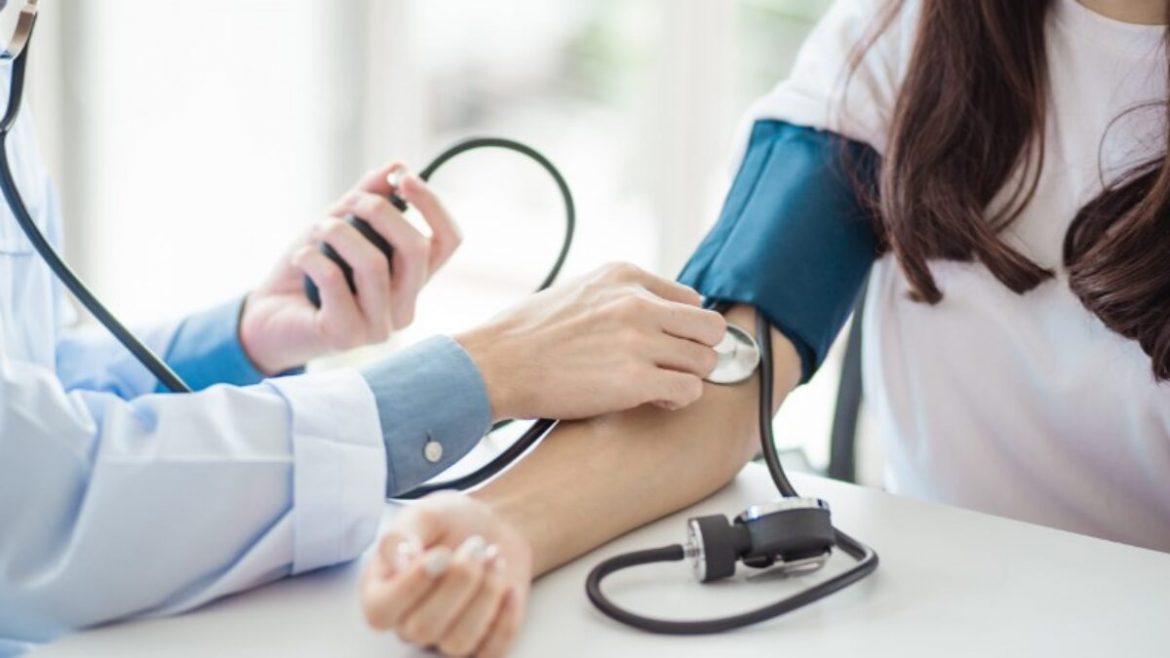The World Health Organization issued new blood pressure recommendations on Wednesday that propose 130 as the upper numerical threshold for beginning medications for anybody with risk factors or a history of cardiovascular disease, and 140/90 for everyone else.
Adults with high blood pressure should preferable begin therapy with a combination of two medications rather than a single drug, according to the guidelines on when to begin treatment, which medicines to use, and the frequency of doctor-patient follow-ups.
The new guidelines deviate in subtle yet significant ways from the standard treatment protocol for hypertension released by India’s health ministry in February 2016. The protocol required people with blood pressure readings 130-139/80-89 to be advised a recheck after a year and sooner if they have other cardiovascular risk factors.
The WHO’s hypertension guidelines — the first from the organisation in 21 years — come amid concerns that over 1.4 billion people worldwide have high blood pressure but only 14 per cent have it under control despite available cost-effective treatment options.
Several studies in India have suggested that a vast majority of people with high blood pressure either receive inappropriate therapy or fail to adhere to prescribed therapy and thus have poor control. One nationwide review had estimated that only a third of patients have successful control.
“Through the guidelines, we want to maximise the number of patients who benefit from proven pharmacological treatment,” K. Srinath Reddy, a senior Indian cardiologist and chair of WHO’s hypertension guidelines development group, told The Telegraph.
WHO recommends pharmacological treatment at any level of systolic blood pressure (the upper number) above a threshold of 130 for people who have existing cardiovascular disease, or are at high risk through diabetes or chronic kidney disease.

